Spreading across more than 1.6 million acres of western Oregon, Willamette National Forest runs along the Cascades and offers diverse views of mountain peaks, streams and waterfalls, old growth forests, and more. The National Forest lies only thirty minutes from Eugene and an hour and a half from Portland, two of Oregon’s largest cities.
The Willamette has a history of periodic fire, natural and human caused. Fire can be beneficial to a landscape, removing dead and dry vegetation and encouraging new growth. It was used by indigenous peoples to enhance foraging and hunting, for vegetative maintenance, and more.
Native communities inhabited the area for thousands of years prior to European settlement and exclusion. Descendants and those with ancestral ties to the Willamette include the Kalapuya, represented today by the Confederated Tribes of Grande Ronde and the Confederated Tribes of Siletz Indians; Confederated Tribes of Warm Springs; and Klamath Tribes.
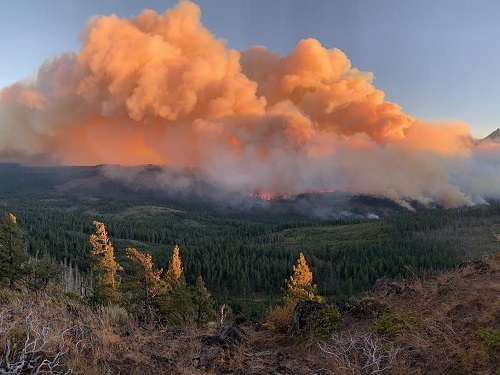
Lionshead Fire on the Willamette. Photo by the U.S. Forest Service.
Increasingly severe and frequent fires can cause detrimental effects, creating conditions for landslides on charred ground that has lost its soil-securing vegetation. This in turn can increase sediments and pollutants in waterways. Severe fire can also lead to ecosystem shifts when invading and nonnative vegetation takes over burn scars that are too far away from live trees for seed dispersal and natural forest regrowth.
Willamette National Forest has had several large fires in the past decade, including a string of megafires in 2020: the Beachie Creek, Holiday Farm, and Lionshead Fires. Combined, the three fires burned more than 540,000 acres, including 176,000 acres on the Willamette.
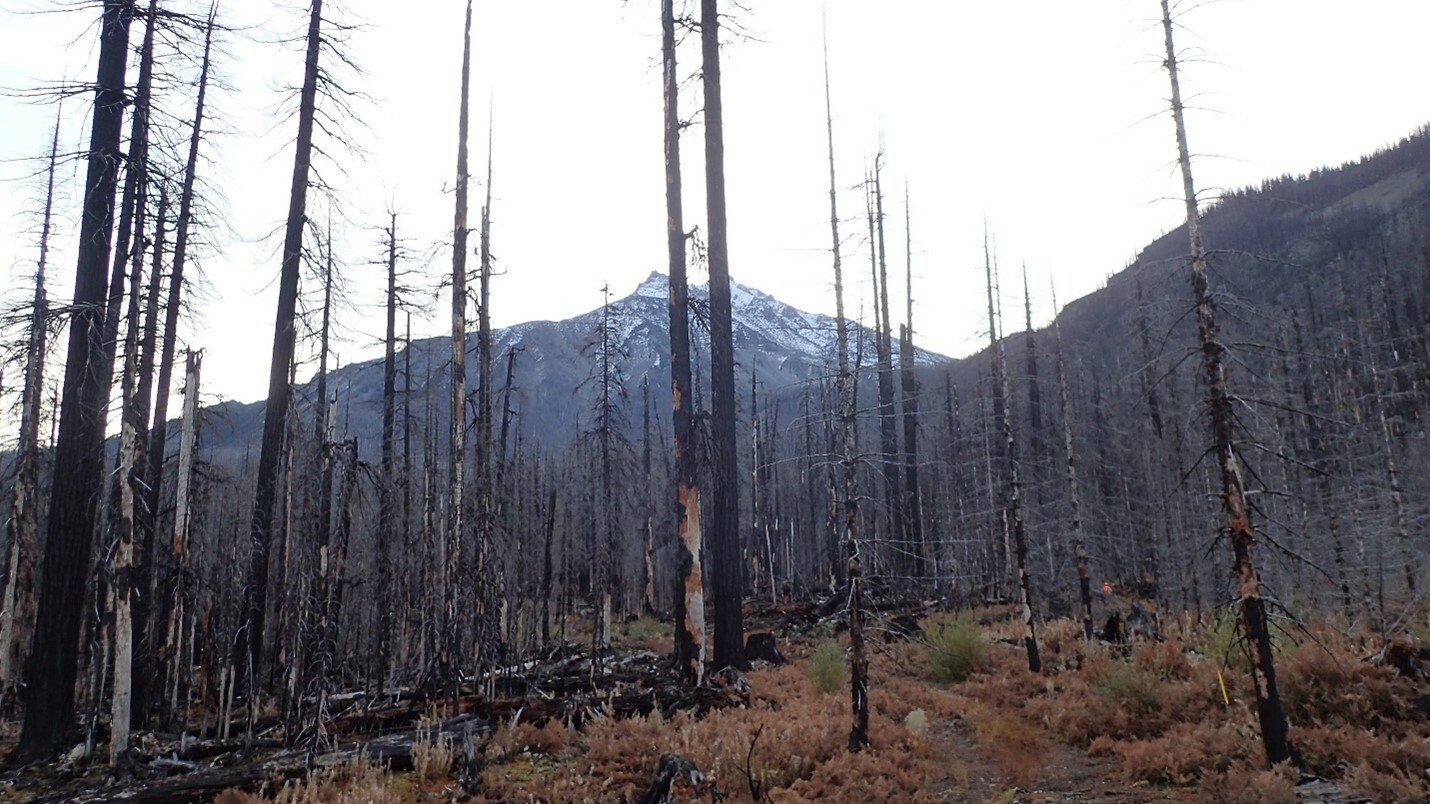
Post-fire project site on the Willamette. Photo by the U.S. Forest Service.
Following all large fires on National Forests, the U.S. Forest Service assesses the burn area and identifies the highest restoration needs, determining whether or not tree planting is needed. After the 2020 fires on the Willamette, forest managers identified several critical sites within the burn perimeters and a multi-year effort to restore and replant parts of the National Forest began.
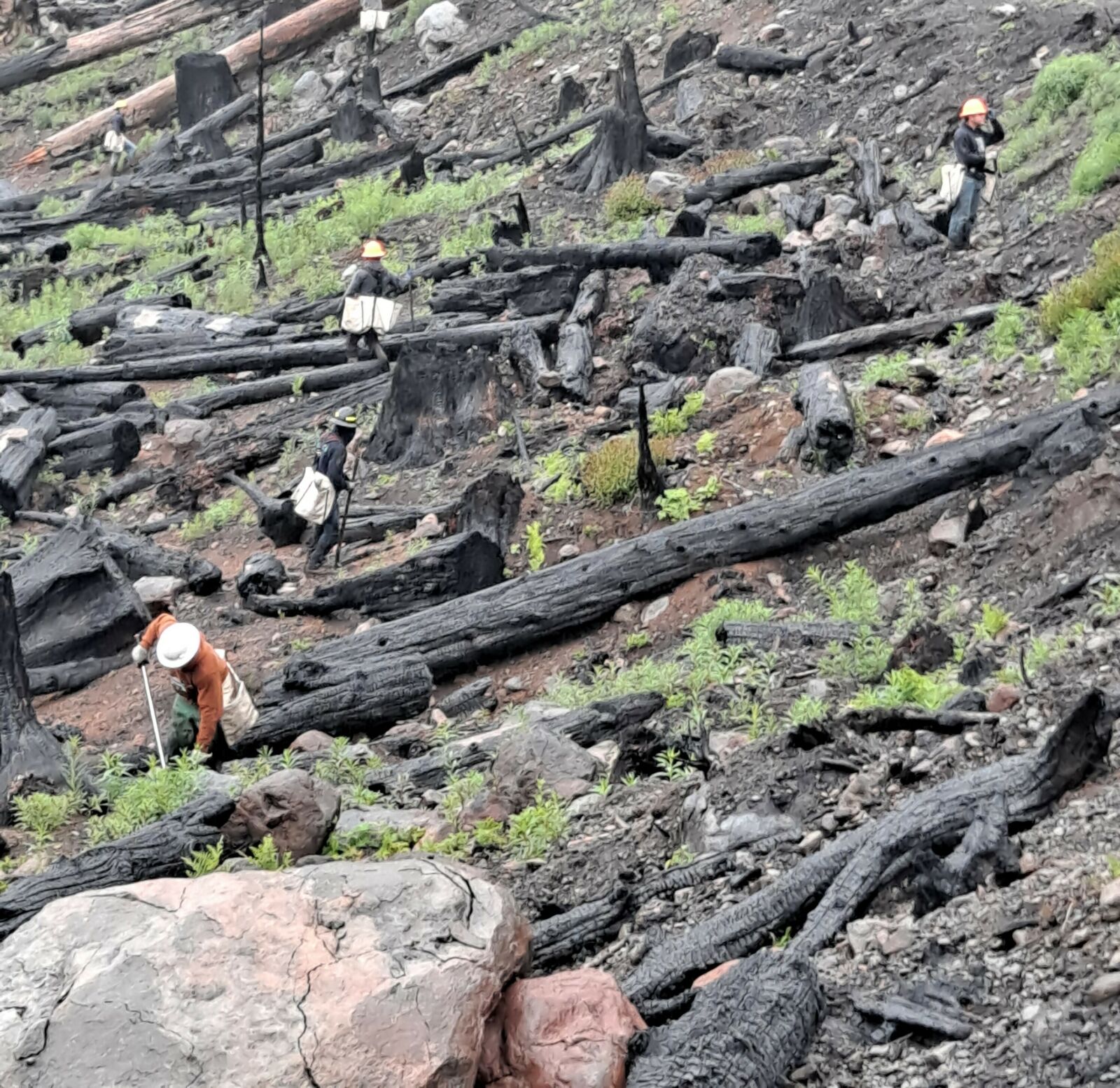
Tree planting on the Willamette in 2021. Photo by the U.S. Forest Service.
Between 2021 and 2022, the National Forest Foundation planted more than 707,500 trees across 3,500 acres of Willamette National Forest. Professional tree planters took advantage of downed logs and other such windbreaks. Planting in these microsites provides extra soil moisture and protection from the elements to help boost seedling survival. Project sites were large and spread out, with some running along riparian areas, including in the Santiam River and McKenzie River watersheds.
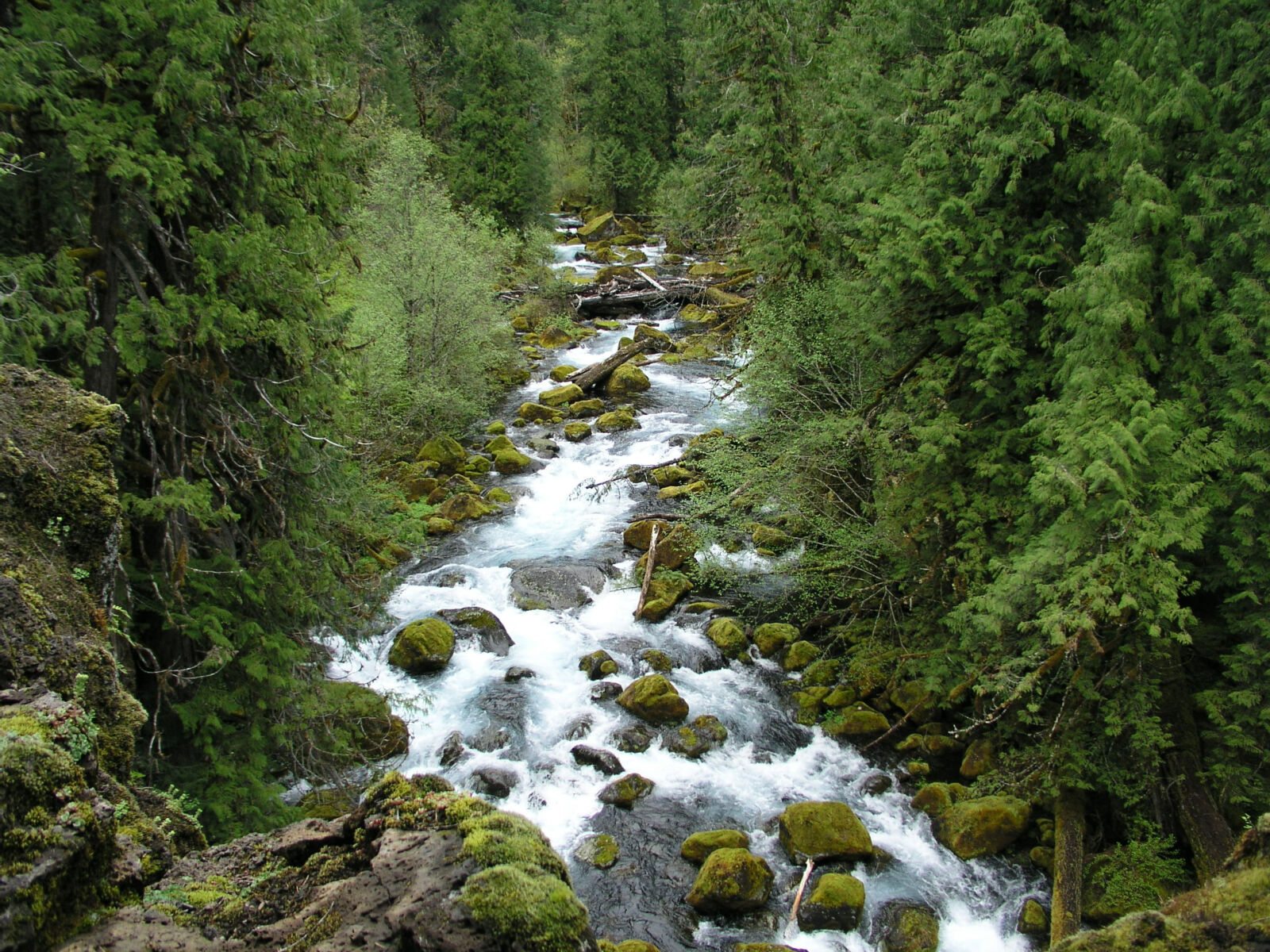
McKenzie River, Willamette National Forest. Photo by the U.S. Forest Service.
These two watersheds are important for both people and the local environment in western Oregon. They supply water to thousands in downstream communities and provide numerous recreational opportunities – an important reminder that the visual benefits of reforestation can be just as important as the ecological!
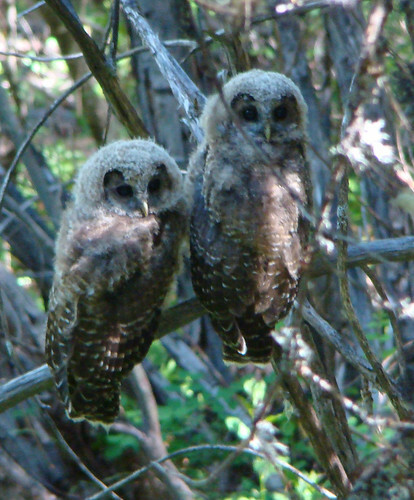
Not all fires are bad for the federally threatened northern spotted owl. Mixed to low-severity fires can benefit spotted owls by improving foraging habitat and demographics. Photo by David Topolewski/USFWS.
The project sites also overlap with the habitat of several species of wildlife, including federally listed spring Chinook salmon and mature forest-loving northern spotted owls. Since the 1990s, high-severity fires have been a major driver of northern spotted owl habitat loss. While it will take a long time before the replanted sites can reach the owls’ favored older forest habitat – though the owls do use younger forests for certain behaviors – reforestation will make it possible.
This important reforestation work is funded by our generous donors, corporate partners, and Sapling members. Whether they plant trees for the love of National Forests, for carbon benefits, or simply to give back, our partners and donors are critical to our reforestation efforts.
Cover photo by John Butler (Lone Wolf Mountain).
Thumbnail photo by Melissa Rosin (Opal Creek).
--------
As you can see, planting trees is a vital and cherished part of our work on National Forests nationwide. Planting trees is a team effort at NFF from field managers to finance officers to our communicators and more. Your unrestricted gift helps ensure the entire NFF team is strong, focused, and ready to get trees in the ground. Please give today by simply clicking here. Thank you!

